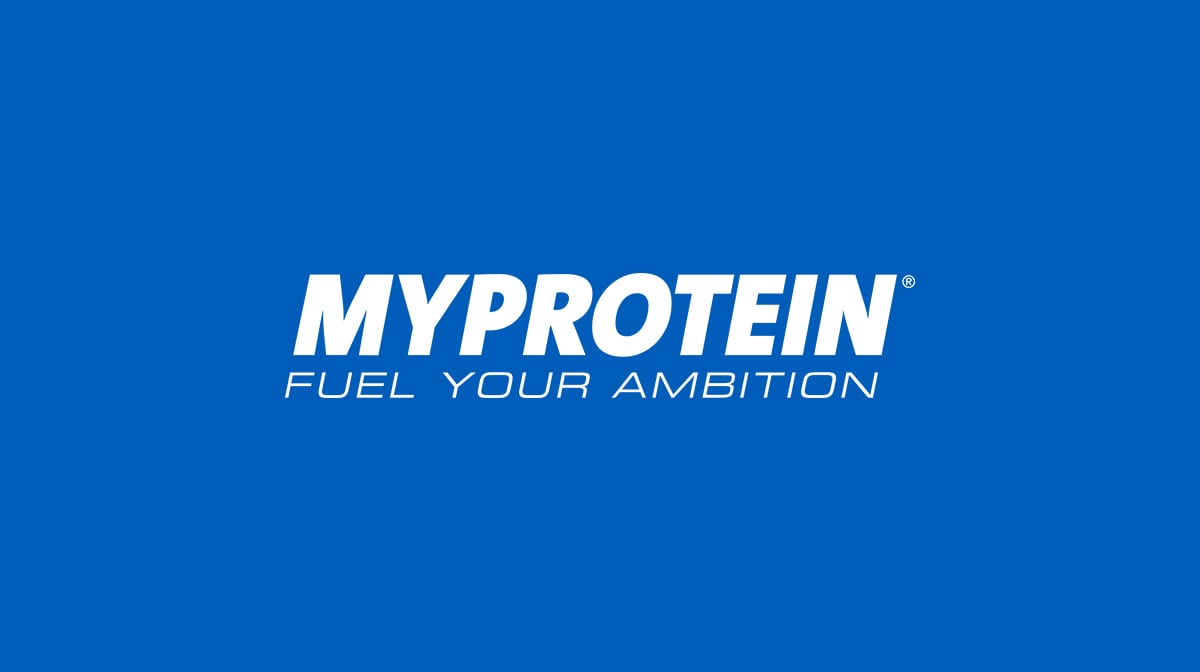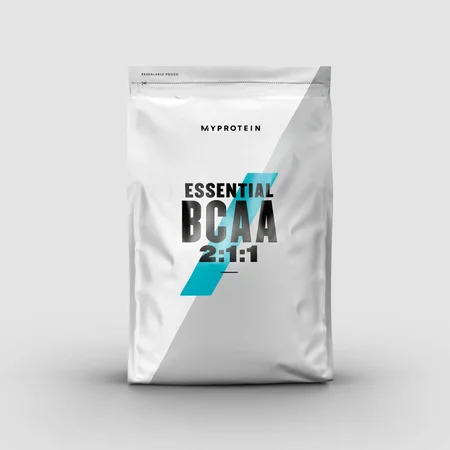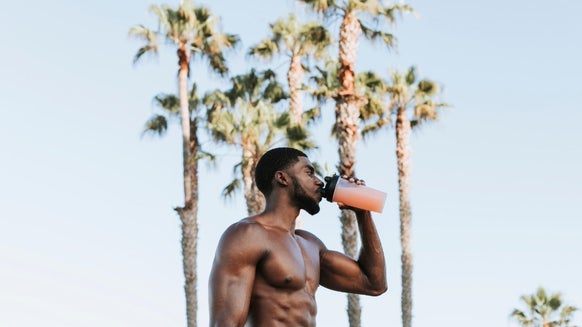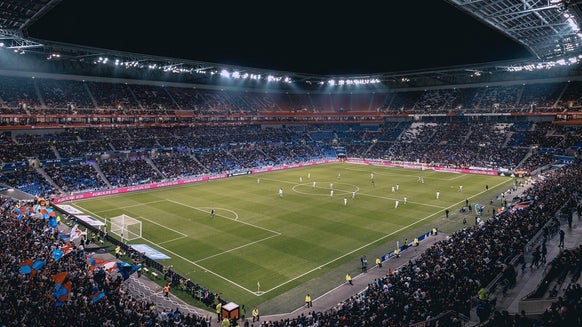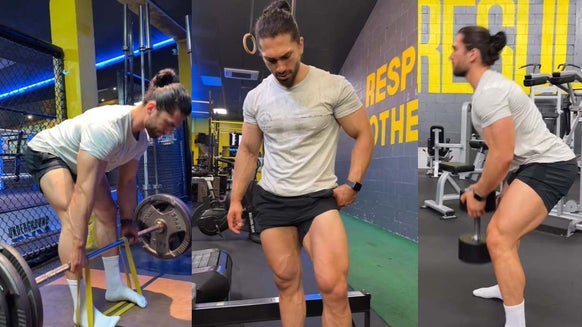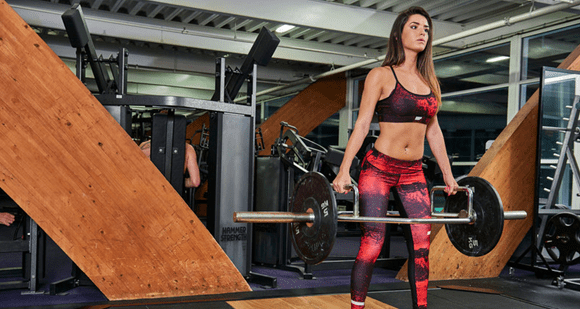
When it comes to strength training and weight training in general, most people are already performing the popular Auxiliary and Core lifts during most, if not each, of their workouts. Even if you do not know what either an Auxiliary or Core lift exercise is, chances are that you incorporate them into every weight training routine.
What Are Core Lifts?
Your Core exercises or lifts, which I am going to discuss first, are the exercises that we also call compound movement lifts. These exercises require the use of multiple joints in order to be performed properly and the lift to take place, regardless of the weight load. Examples of these would be back and front squats, power cleans, snatch, deadlifts, bench press, incline press, barbell rows, etc. These are your heavy compound exercises that although they do target a specific muscle region, they also engage most the entire body as well.
So, how exactly do core lifts work the body? Let’s talk about a popular core lift, the deadlift. When we perform deadlifts, our body engages multiple muscles at once, and we end up creating tension on the: Glutes, Quads, Adductor, Soleus, Hamstrings, Gastrocnemius, Spinae Erectors, Traps, Scapulae, Oblique’s, and many more. As you can see, the deadlift is considered a core exercise because it engages almost every major muscle group in the body. A deadlift really only lacks tension on the chest, arms, shoulders and outer back area. Since it targets around 70% of the entire body or so, we can see why we call it a core lift or heavy compound exercise.
What Are Auxiliary Lifts?
When it comes to Auxiliary lifts, otherwise known as assistance exercises, you are performing exercises that target a smaller muscle region and can focus on a singular muscle instead of a large group of muscles. When you hear the word auxiliary, you should think of something providing supplementation or support to something else. With these kind of exercises, you are performing lifts that focus on weaker, smaller muscle groups of a lagging muscle in order to help build strength in such region. Any exercise that can focus on a minor muscle group or an individual muscle is considered an Auxiliary lift. Examples of these exercises would be bicep curls, tricep extensions, leg curls, leg extensions, shoulder press, lateral raises, etc.
Core vs Auxiliary Lifts
When it comes to training and focusing on either Core or Auxiliary lifts, your primary focus to start should be to focus most of your routine on core lifts. The reason for this is due to the fact that these lifts focus on most of the body and all of the larger muscle groups, while the Auxiliary lifts just isolate smaller regions. Now this does not mean to not perform Auxiliary lifts, what I simply mean is to start your workouts with your core lifts.
If you try to start a workout with an Auxiliary lift and use your energy in the beginning on these small movements, you will quickly notice that when you try to perform a heavy core exercise, such as a squat or bench press, that you are going to be feeling extremely weak and unable to perform at optimal conditioning. You might be able to bench press 180lbs 10x with ease if it’s your first exercise of the day, but try performing the same 180lb bench press at the end of your workout after you have performed a bunch of auxiliary movements and see how much harder and weaker you are.
You will be lucky to press half of that weight at the end of a proper training session. Core exercises focus on larger muscle groups at one time, which in turn use more energy and creates a greater anabolic and metabolic stress on the body. Therefore, I strongly recommend performing any and all of your core lifts during a routine at the start of your workout.
Take Home Message
Auxiliary work will target the smaller muscles and create greater isolation of muscle groups, while core lifts will apply a greater and constant tension of many of the larger and smaller muscles at the same time, which in turn creates greater anabolic activity, which burns more calories. If you are a powerlifter, focusing mostly on the core lifts will be more beneficial for you. If you are a bodybuilder or someone who simply trains with weights regularly, I recommend a combination of both Auxiliary and Core lifts in each and every workout whenever possible. Performing heavy barbell rows and squats is just as important as performing triceps extensions and cable curls if your goal is to have a symmetrical physique.
